Metabolism and ketosis
Since posting the piece on ketone bodies and their causing breathalyzer problems I’ve had enough comments and emails to make me realize that there are probably many people unsure of what ketones really are, where they come from and why. Let’s take a look at the goals and priorities of our metabolic system to see what happens. Fear not, I’m going to try to keep the biochemistry to a minimum.
The primary goal of our metabolic system is to provide fuels in the amounts needed at the times needed to keep us alive and functioning. As long as we’ve got plenty of food, the metabolic systems busies itself with allocating it to the right places and storing what’s left over. In a society such as ours, there is usually too much food so the metabolic system has to deal with it in amounts and configurations that it wasn’t really designed to handle, leading to all kinds of problems. But that’s a story for another day.
If you read any medical school biochemistry textbook, you’ll find a section devoted to what happens metabolically during starvation. If you read these sections with a knowing eye, you’ll realize that everything discussed as happening during starvation happens during carbohydrate restriction as well. There have been a few papers published recently showing the same thing: the metabolism of carb restriction = the metabolism of starvation. I would maintain, however, based on my study of the Paleolithic diet, that starvation and carb restriction are simply the polar ends of a continuum, and that carb restriction was the norm for most of our existence as upright walking beings on this planet, making the metabolism of what biochemistry textbook authors call starvation the ‘normal’ metabolism.
So, bearing in mind that carb restriction and starvation are opposite ends of the same stick and that what applies to one applies to the other, let’s look at how it all works. I’ll explain it from a starvation perspective, but all the mechanisms work the same for a carb-restricted diet.
During starvation the primary goal of the metabolic system is to provide enough glucose to the brain and other tissues (the red blood cells, certain kidney cells, and others) that absolutely require glucose to function. Which makes sense if you think about it. You’re a Paleolithic man or woman, you’re starving, you’ve got to find food, you need a brain, red blood cells, etc. to do it. You’ve got to be alert, quick on your feet, and not focused on how hungry you are.
If you’re not eating or if you’re on a low-carbohydrate diet, where does this glucose come from?
If you’re starving, glucose comes mainly from one place, and that is from the body’s protein reservoir: muscle. A little can come from stored fat, but not from the fatty acids themselves. Although glucose can be converted to fat, the reaction can’t go the other way. Fat is stored as a triglyceride, which is three fatty acids hooked on to a glycerol molecule. The glycerol molecule is a three-carbon structure that, when freed from the attached fatty acids, can combine with another glycerol molecule to make glucose. Thus a starving person can get a little glucose from the fat that is released from the fat cells, but not nearly enough. The lion’s share has to come from muscle that breaks down into amino acids, several of which can be converted by the liver into glucose. (There are a few other minor sources of glucose conversion: the Cori cycle, for example, but these are not major sources, so we’ll leave them for another, more technical, discussion.)
But the breakdown of muscle creates another problem, namely, that (in Paleolithic times and before) survival was dependent upon our being able to hunt down other animals and/or forage for plant foods. It makes it tough to do this if a lot of muscle is being converted into glucose and your muscle mass is dwindling.
The metabolic system is then presented with two problems: 1) getting glucose for the glucose-dependent tissues; and 2) maintaining as much muscle mass as possible to allow hunting and foraging to continue.
Early on, the metabolic system doesn’t know that the starvation is going to go on for a day or for a week or two weeks. At first it plunders the muscle to get its sugar. And remember from a past post that a normal blood sugar represents only about a teaspoon of sugar dissolved in the entire blood volume, so keeping the blood sugar normal for a day or so doesn’t require a whole lot of muscular sacrifice. If we figure that an average person requires about 200 grams of sugar per day to meet all the needs of the glucose-dependent tissues, we’re looking at maybe a third of a pound of muscle per day, which isn’t all that big a deal over the first day. But we wouldn’t want it to continue at that rate. If we could reduce that amount and allow our muscle mass to last as long as possible, it would be a big help.
The metabolic system could solve its problem by a coming up with a way to reduce the glucose-dependent tissues’ need for glucose so that the protein could be spared as long as possible.
Ketones to the rescue.
The liver requires energy to convert the protein to glucose. The energy comes from fat. As the liver breaks down the fat to release its energy to power gluconeogenesis, the conversion of protein to sugar, it produces ketones as a byproduct. And what a byproduct they are. Ketones are basically water soluble (meaning they dissolve in blood) fats that are a source of energy for many tissues including the muscles, brain and heart. In fact, ketones act as a stand in for sugar in the brain. Although ketones can’t totally replace all the sugar required by the brain, they can replace a pretty good chunk of it. By reducing the body’s need for sugar, less protein is required, allowing the muscle mass (the protein reservoir) to last a lot longer before it is depleted. And ketones are the preferred fuel for the heart, making that organ operate at about 28 percent greater efficiency.
Fat is the perfect fuel. Part of it provides energy to the liver so that the liver can convert protein to glucose. The unusable part of the fat then converts to ketones, which reduce the need for glucose and spare the muscle in the process.
If, instead of starving, you’re following a low-carb diet, it gets even better. The protein you eat is converted to glucose instead of the protein in your muscles. If you keep the carbs low enough so that the liver still has to make some sugar, then you will be in fat-burning mode while maintaining your muscle mass, the best of all worlds. How low is low enough? Well, when the ketosis process is humming along nicely and the brain and other tissues have converted to ketones for fuel, the requirement for glucose drops to about 120-130 gm per day. If you keep your carbs below that at, say, 60 grams per day, you’re liver will have to produce at least 60-70 grams of glucose to make up the deficit, so you will generate ketones that entire time.
So, on a low-carb diet you can feast and starve all at the same time. Is it any wonder it’s so effective for weight loss?






 We all deal with stress. And no matter what we do, stress is going to happen. Body-wrecking anxiety though, is something that's not acceptable. Once I dug deep and discovered what triggered my own stress and subsequent anxiety, I learned how to eliminate it or, at the least, dramatically reduce it.
We all deal with stress. And no matter what we do, stress is going to happen. Body-wrecking anxiety though, is something that's not acceptable. Once I dug deep and discovered what triggered my own stress and subsequent anxiety, I learned how to eliminate it or, at the least, dramatically reduce it. There's no doubt that eating fruit is important to our overall health and wellbeing. Fruit is healthy for you, we all know that, but, it's good to know that eating it should follow some general guidelines to fully benefit our health. It's just not as simple as putting it into our mouths whenever we feel like it. Learn about the proper ways to eat fruit and your whole body will thank you with less digestive problems and tons more energy.
There's no doubt that eating fruit is important to our overall health and wellbeing. Fruit is healthy for you, we all know that, but, it's good to know that eating it should follow some general guidelines to fully benefit our health. It's just not as simple as putting it into our mouths whenever we feel like it. Learn about the proper ways to eat fruit and your whole body will thank you with less digestive problems and tons more energy.







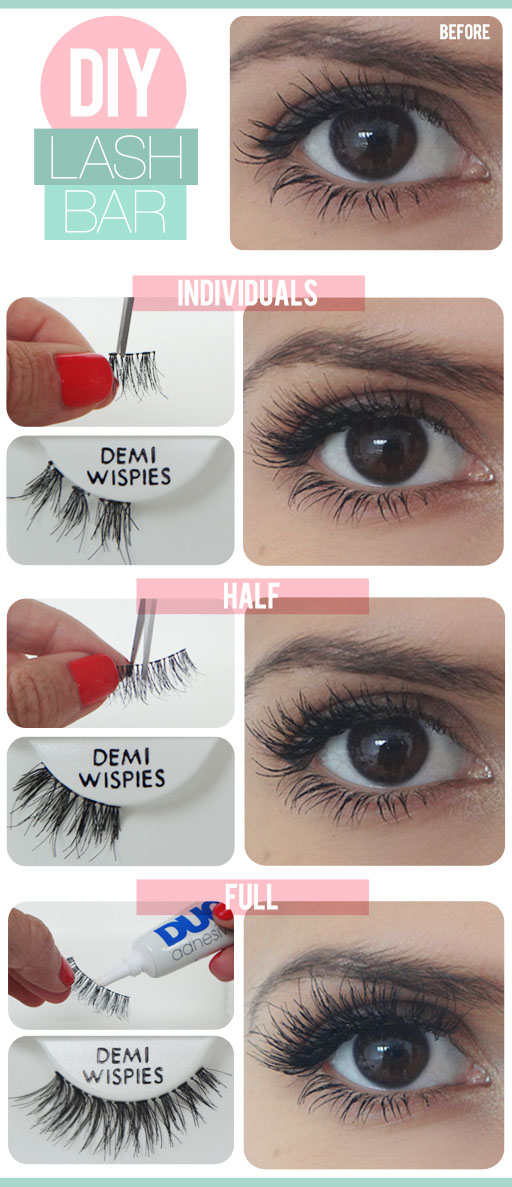
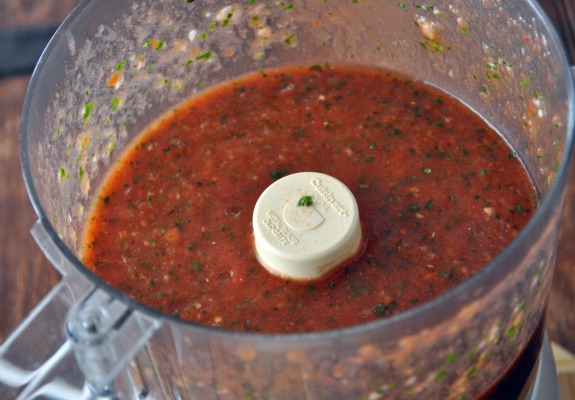
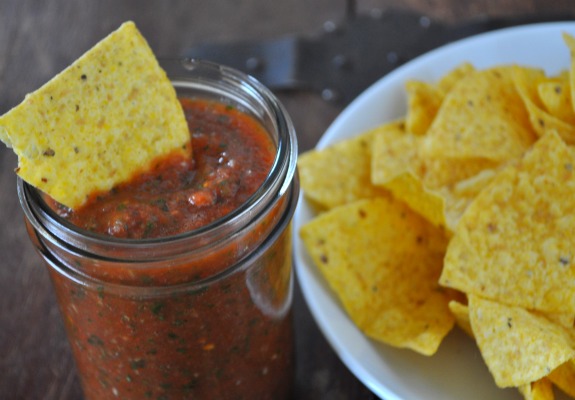
 A few years ago I had the realization that I was taking brilliant care of my inner body with an all organic diet, avoiding
A few years ago I had the realization that I was taking brilliant care of my inner body with an all organic diet, avoiding  Top 10 Inflammatory Foods to Avoid Like the Plague
Top 10 Inflammatory Foods to Avoid Like the Plague Pro-inflammatory Agent: Excessive sugar intake causes tooth decay and has been linked to increased risks of obesity, inflammation and chronic diseases such as
Pro-inflammatory Agent: Excessive sugar intake causes tooth decay and has been linked to increased risks of obesity, inflammation and chronic diseases such as  Pro-inflammatory Agent: Common vegetable cooking oils used in many homes and restaurants have very high omega-6 fatty acids and dismally low omega-3 fats. A diet consisting of highly
Pro-inflammatory Agent: Common vegetable cooking oils used in many homes and restaurants have very high omega-6 fatty acids and dismally low omega-3 fats. A diet consisting of highly  Pro-inflammatory Agent: Trans fatty acids are notorious for their double whammy effect: they increase the levels of ‘bad’ cholesterol, while lowering levels of the ‘good’ cholesterol. But that’s not all they can do. They have also been found to promote inflammation, obesity and resistance to insulin, laying the ground for degenerative illnesses to take place.
Pro-inflammatory Agent: Trans fatty acids are notorious for their double whammy effect: they increase the levels of ‘bad’ cholesterol, while lowering levels of the ‘good’ cholesterol. But that’s not all they can do. They have also been found to promote inflammation, obesity and resistance to insulin, laying the ground for degenerative illnesses to take place. Pro-inflammatory Agent: As much as 60% of the world’s population can’t digest milk. In fact, researchers think that being able to
Pro-inflammatory Agent: As much as 60% of the world’s population can’t digest milk. In fact, researchers think that being able to  Pro-inflammatory Agent: Commercially produced meats are feed with grains like soy beans and corns, a diet that’s high in inflammatory omega-6 fatty acids but low in anti-inflammatory omega-3 fats. Due to the small and tight living environment, these animals also gain excess fat and end up with high saturated fats. Worse, to make them grow faster and prevent them from getting sick, they are also injected with hormones and fed with antibiotics. The result is one piece of meat which you and I shouldn’t be eating.
Pro-inflammatory Agent: Commercially produced meats are feed with grains like soy beans and corns, a diet that’s high in inflammatory omega-6 fatty acids but low in anti-inflammatory omega-3 fats. Due to the small and tight living environment, these animals also gain excess fat and end up with high saturated fats. Worse, to make them grow faster and prevent them from getting sick, they are also injected with hormones and fed with antibiotics. The result is one piece of meat which you and I shouldn’t be eating. Pro-inflammatory Agent: Researchers at the
Pro-inflammatory Agent: Researchers at the 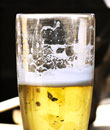 Pro-inflammatory Agent: Regular high consumption of alcohol has been known to cause irritation and inflammation of the esophagus, larynx (voice box) and liver. Over time, the chronic inflammation promotes tumor to grow and gives rise to cancer at the sites of repeated irritation.
Pro-inflammatory Agent: Regular high consumption of alcohol has been known to cause irritation and inflammation of the esophagus, larynx (voice box) and liver. Over time, the chronic inflammation promotes tumor to grow and gives rise to cancer at the sites of repeated irritation.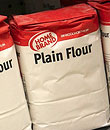 Pro-inflammatory Agent: A lot of the grains we eat nowadays are refined. They are devoid of fiber and vitamin B compared to unpolished and unrefined grains that still have the bran, germ and the aleurone layer intact. This makes refined grains as good as refined sugars, which are practically empty calories. And like refined sugars, refined grains have a higher glycemic index than unprocessed grains and when they are consistently consumed, can hasten the onset of degenerative diseases like
Pro-inflammatory Agent: A lot of the grains we eat nowadays are refined. They are devoid of fiber and vitamin B compared to unpolished and unrefined grains that still have the bran, germ and the aleurone layer intact. This makes refined grains as good as refined sugars, which are practically empty calories. And like refined sugars, refined grains have a higher glycemic index than unprocessed grains and when they are consistently consumed, can hasten the onset of degenerative diseases like  Pro-inflammatory Agent: Some artificial food additives like aspartame and monosodium glutamate (MSG) reportedly trigger inflammatory responses, especially in people who are already suffering from inflammatory conditions such as rheumatoid arthritis.
Pro-inflammatory Agent: Some artificial food additives like aspartame and monosodium glutamate (MSG) reportedly trigger inflammatory responses, especially in people who are already suffering from inflammatory conditions such as rheumatoid arthritis. Pro-inflammatory Agent: Why is this blank? Because it is meant for you to fill in with the food that you’re sensitive to. Many people are sensitive to certain food but are totally unaware about it. Unlike food allergy in which symptoms usually come fast and fiery, symptoms caused by food intolerance take a longer time to manifest. And when they do appear, they are often brushed off as common minor ailments such as tiredness and headaches. But repeated, long-term exposure to food that irritates can cause inflammation and lead to chronic diseases.
Pro-inflammatory Agent: Why is this blank? Because it is meant for you to fill in with the food that you’re sensitive to. Many people are sensitive to certain food but are totally unaware about it. Unlike food allergy in which symptoms usually come fast and fiery, symptoms caused by food intolerance take a longer time to manifest. And when they do appear, they are often brushed off as common minor ailments such as tiredness and headaches. But repeated, long-term exposure to food that irritates can cause inflammation and lead to chronic diseases.